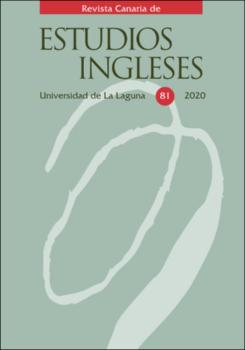Immersion Through Culture: Representations of the “Day of the Dead” in Film
Abstract
The Mexican celebration of the “Day of the Dead” (Día de Muertos or Día de los Muertos) has been recurrently used in film, with three of the most notable examples ranging from the recent Coco (Lee Unkrich and Adrian Molina, 2017) and Spectre (Sam Mendes, 2015), all the way back to the surviving footage of ¡Que Viva Mexico! (Sergei Eisenstein, 1931, unfinished). Though vastly different from one another in almost every respect, all three cases explore the topic of “in-between” both thematically and technically: the celebration that merges life and death becomes a visual metaphor and a tool for filmmakers to explore the ways in which film technique creates overlapping areas between cinema and reality. In each film, a visually powerful cultural asset such as the “Day of the Dead,” is combined with different aspects of film technique, explicitly, but differently, appealing to a kind of sensory immersion in order to attract viewers inside its world. By doing so, the “Day of the Dead” exemplifies the ways in which a common cultural element can help translate the personal visions of different filmmakers into distinct filmic events.



